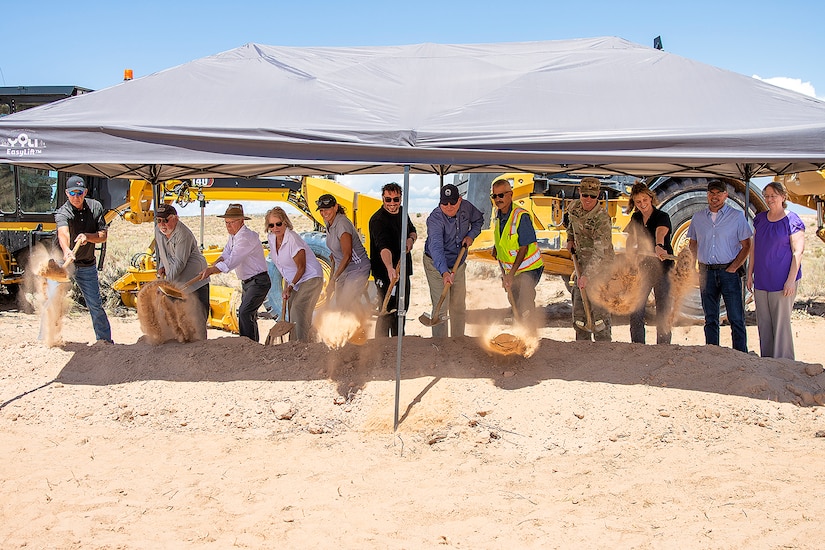“Don’t move information to authority; move authority to information.”
— L. David Marquet
THE ART OF LEADERSHIP
Push Control Down
Decide Where Facts Live, Lead With Intent Daily
On a submarine, bad things happen fast. The people nearest the facts must decide first. When authority sits far from the periscope or reactor panel, we create lag, confusion, and risk. The fix is simple and demanding: leaders state intent; operators make decisions. Move control to the edge where competence and information meet. The captain’s job becomes clear, not choreography.
Clarity means explicit goals and guardrails: what we are trying to achieve, what we must never violate, and who owns which call. Train to competence, then demand “I intend to…” statements that surface thinking. Leaders respond with questions, not answers: What do you see? What else could fail? What help do you need?
When the helmsman adjusts course within limits before asking, the Ship turns faster and safer. Ownership increases, micromanagement evaporates, and learning accelerates after every watch. Push decisions to information, keep intent and boundaries bright, and you will watch initiative compound into speed, safety, and sustainable excellence everywhere.
State intent, push decisions to information, verify guardrails, praise initiative, and capture learning daily together.
6 free tools to communicate better at work
Smart Brevity is built to fix inbox — and information — overload. Its science-backed methodology can take any communication from confusing to clear.
Unlock our free resources on the communication…
Method that makes work more efficient
Tactic that hooks busy readers
Format that structures sharper updates
Start making every word work harder so your readers don’t have to.
COMMERCIAL CONSTRUCTION
CMiC Powers Builders’ Bottom Line
Unified construction ERP reshapes field-to-office workflows, decisions, and margins nationwide
Founded in 1974 by Allen Berg, CMiC positions itself as the construction industry’s unified operating system: one ERP spanning financials, project management, workflows, analytics, and services. The company says one quarter of ENR Top 400 contractors run on its platform, which processes more than $100 billion in annual construction revenue across sectors and companies of all sizes worldwide.
Its pillars, CMiC Financials and CMiC Project Management, share a single code base and open APIs to move data seamlessly from the back office to the jobsite. Options include on‑premise, private cloud, or multi‑tenant SaaS. Built‑in features cover payroll and human capital, change order control, supplier coordination, document handling, and drawing-centric collaboration.
CMiC highlights a customer‑first model: in‑house implementation and support, transparent pricing, and heavy reinvestment in product R&D, about a quarter of revenue. The roadmap emphasizes AI and analytics to surface actionable insights, forecast risk, and standardize repeatable processes. The aim is precise: fewer silos, faster decisions, and measurable gains in productivity and profitability.
INFRASTRUCTURE INDUSTRY
Rio Rancho Finally Tames Venada
Ground Breaks On Upper Venada Arroyo Water-Quality Improvements Project
Shovels flashed in Rio Rancho as the U.S. Army Corps of Engineers’ Albuquerque District joined the Southern Sandoval County Arroyo Flood Control Authority to break ground on the Upper Venada Arroyo Improvements Project. The work begins this month and wraps by June 2026, targeting cleaner storm flows along the arroyo.
Engineers will build a debris and contaminant removal facility and add flood‑prevention features that slow stormwater before it enters the Rio Grande, improving downstream water quality. The effort is the third and expected final installment in the Venada series, carrying design and environmental compliance through construction assistance to meet federal and local standards.
The approximately $6.5 million project will moderate peak discharge and remove debris from storm flows, protecting culverts, trails, and road crossings while improving water quality before discharge to the Rio Grande. Partners emphasized USACE–SSCAFCA collaboration, noting construction officially starts in early August and completion is slated for June 2026, with benefits extending from neighborhoods to the river.
RESIDENTIAL RESEARCH
Lumber Tariff Shock Hits Homebuilders
Commerce Hikes Canadian Duties; Builders Scramble To Reprice Homes Nationwide
The cost of framing a new home got a jolt this week as the U.S. Commerce Department raised trade penalties on Canadian softwood lumber. Countervailing duties will jump to 14.63% from 6.74% and anti‑dumping rates to 20.56% from 7.66%, lifting the combined tariff burden from about 14.5% to 35%. The higher anti‑dumping rate is already active, with the countervailing change taking effect upon Federal Register publication next week.
Across job trailers, builders and suppliers scrambled to reprice July and August starts, shorten bid‑validity windows, and swap species. Purchasing managers say contingencies are back because truss and sheathing quotes may not hold through closing. Smaller infill contractors fear lenders will demand refreshed appraisals, which will stretch timelines and require additional cash during peak schedules.
NAHB called the move a tax on buyers and urged the administration to restart softwood negotiations. A separate Section 232 probe could stack new tariffs on top of the 35% total before month‑end, intensifying pressure on affordability already near historic lows.
TOOLBOX TALK
The Importance of Angle Grinder Safety
Introduction
Good morning, Team! Today’s toolbox talk covers angle grinder safety. These tools cut and grind fast; one mistake can launch shrapnel at 10,000+ RPM.
Why It Matters
Wrong wheels, missing guards, or bad stance cause severe cuts, eye/face injuries, fires, and wheel bursts.
Strategies for Safe Use
Keep Guard & Handle On – Never remove the guard; use the side handle for control.
Match Wheel to Tool – Use rated, undamaged discs; check expiry, arbor fit, and RPM rating.
PPE Every Time – Face shield over safety glasses, gloves, hearing protection, snug clothing.
Secure & Start Safe – Clamp the work, stand out of the wheel’s line, let it reach speed before contacting.
Control Sparks & Kickback – Two‑hand grip, cut away from you, keep flammables clear, unplug before wheel changes.
Discussion Questions
Have you seen a wheel crack or burst? What caused it?
Where do we need spark shields today?
Conclusion
Right wheel, guard on, firm grip every cut.
Grind smart, protect your crew!








